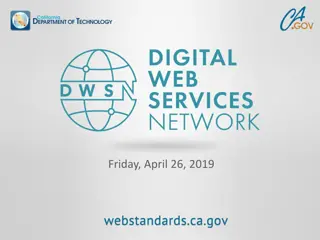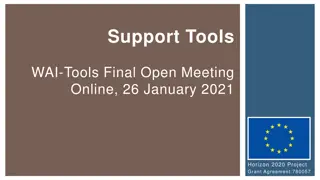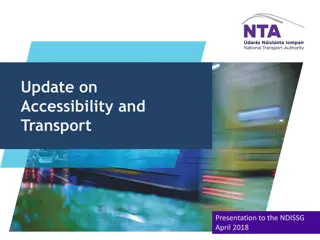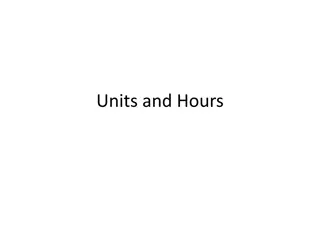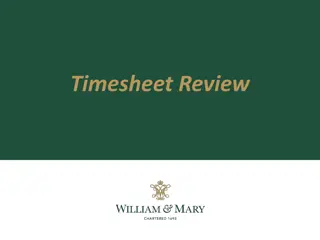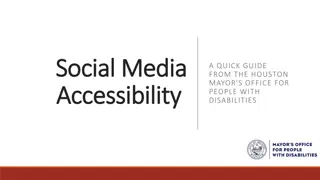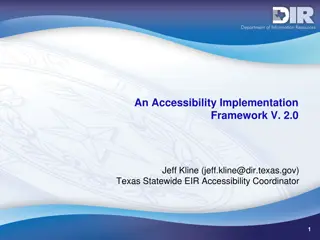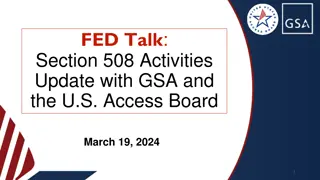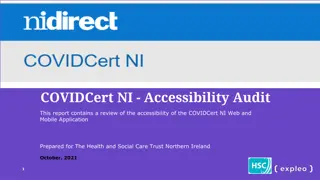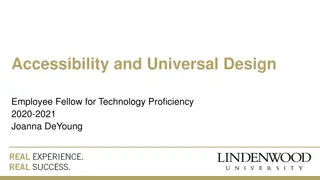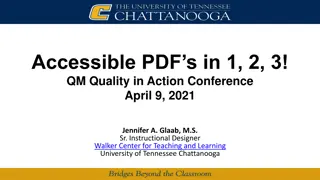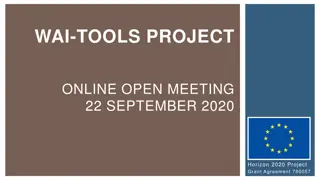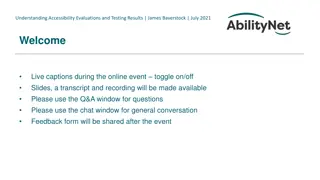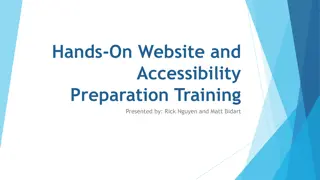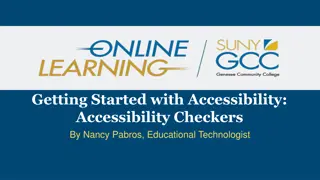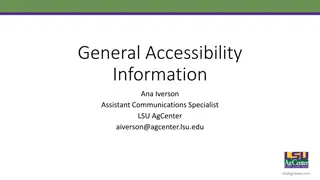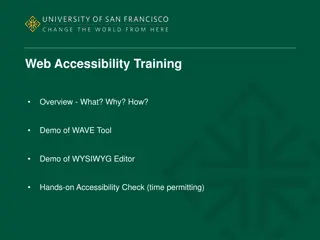Exploring Office Hours Times and Locations for Better Accessibility
Consider different blocks of time and potential locations such as the library or museum coffee shop for office hours to improve accessibility and attendance. Dive into key narrative elements like plot, narrator types, characterization questions, and an analysis of a diary narrative with motifs and conflicts.
Download Presentation

Please find below an Image/Link to download the presentation.
The content on the website is provided AS IS for your information and personal use only. It may not be sold, licensed, or shared on other websites without obtaining consent from the author. Download presentation by click this link. If you encounter any issues during the download, it is possible that the publisher has removed the file from their server.
E N D
Presentation Transcript
Office hours Would you be more likely to come to office hours if I held them at a different time? 1. Which of the following blocks of time would be best for you to come to office hours: (list # s of those that apply to you) 1. Monday before class 2. Monday after class (current office hours) 3. Wednesday before class 4. Wednesday after class 5. Thursday between 10 and 1 6. Friday before class (current office hours) 7. Friday after class 1. Would you be more likely to want to come to office hours if I held them at the library or museum coffee shop? 1.
Elements of Narrative Plot, Narrator, Character
Key concepts that have to do with how a story is plotted: Exposition Protagonist Conflict Antagonist Rising action Climax Conclusion (aka, the denouement)
Key concepts that have to do with how a story is narrated (the story s point of view): MOST IMPORTANT: narrator author Three questions to ask yourself: Is narrator a participant in the events of the story? What does the narrator know or not know (how much does the narrator know)? Is the narrator trustworthy? (What does narrator reveal or not reveal?) Participant narrator ( I ) Non participant narrator All knowing (omniscient) Limited or partial omniscience Objective (like a fly on the wall)
Some key questions to ask about characterization: How are characters introduced? How are characters developed? What are characters motivations? (do they change?) How does the narrative want us to feel about characters?
Diary of an Interesting Year: What we noticed Form: diary Narrator: participant (first person) Access to personality and emotions through both private content and casual, idiosyncratic writing style/vernacular. Conflict: Protagonist vs. environment/climate (e.g. wetness, disease lack of social services, lack of food and water, Spanish refugees, etc) Protagonist vs. male characters Internal conflict
Diary of an Interesting Year: Motifs/patterns Motif: An element that recurs throughout a narrative and seems to have some significance. Can be an image, idea, situation, action. Rain/wetness The body Babies/future generations Gender roles Sexual violence (both physical and emotional)
Diary of an Interesting Year: Context "Changes in the world's climatic conditions, the way these are formed, and how people are affected, cope with and adapt to these, have important and challenging gender dimensions." - Irene Dankelman, Gender and Climate Change
Diary of an Interesting Year: Themes ?s Themes: What questions or problems does the story seem interested in? (making inferences) How can an individual survive with his/her humanity intact? How does an individual navigate the emotional and ethical difficulties of a world severely impacted by climate change? What happens to the relationships between men and women in such a world? What happens to empathy in such a world? What is the role of writing in such a world?
Diary of an Interesting Year: An Argument The short story, Diary of an Interesting Year, imagines a near future post-collapse society that is dealing with the devastating impacts of climate change and related environmental-social problems. By using first person narration and a diary form to focus on the thoughts and feelings of one woman struggling to survive, the short story invites its readers to try to navigate the risks of this society. Specifically, because of its violent plot and particularly its depictions of gender violence the narrative tests the limits of empathy (both its protagonist s empathy for other characters and its readers empathy for the protagonist). Overall, the short story s answer to the question what might happen to interpersonal relationships in a time of extreme climate change? seems quite dreadful. However, though the narrative s ending seems pessimistic, I would argue that the short story does seems to hold out some hope in the very acts of writing and reading themselves.
Diary of an Interesting Year: An Argument The short story, Diary of an Interesting Year, imagines a near future post-collapse society that is dealing with the devastating impacts of climate change and related environmental-social problems. By using first person narration and diary form to focus on the thoughts and feelings of one woman struggling to survive, the short story invites its readers to try to navigate the risks of this society. Specifically, because of its violent plot and particularly its depictions of gender violence the narrative tests the limits of empathy (both its protagonist s empathy for other characters and its readers empathy for the protagonist). Overall, the short story s answer to the question what might happen to interpersonal relationships in a time of extreme climate change? seems quite dreadful. However, though the narrative s ending seems pessimistic, I would argue that the short story does seems to hold out some hope in the very acts of writing and reading themselves.
The Tamarisk Hunter Use of exposition to help readers navigate this near-future climate changed U.S. Narrator: limited omniscient Water use and water rights Conflict between individual and the state (Lolo vs. the BuRec) Conflict between different populations (desert dwellers vs. California dwellers) Conflict between the human and the non-human Plotting of story subverts reader expectations and further undermines the agency of its protagonist.
The Siphoners What is going on? (summarizing) Framing narratives Central narrator: first person, participant What issues/questions/problems does the story seem interested in exploring?



